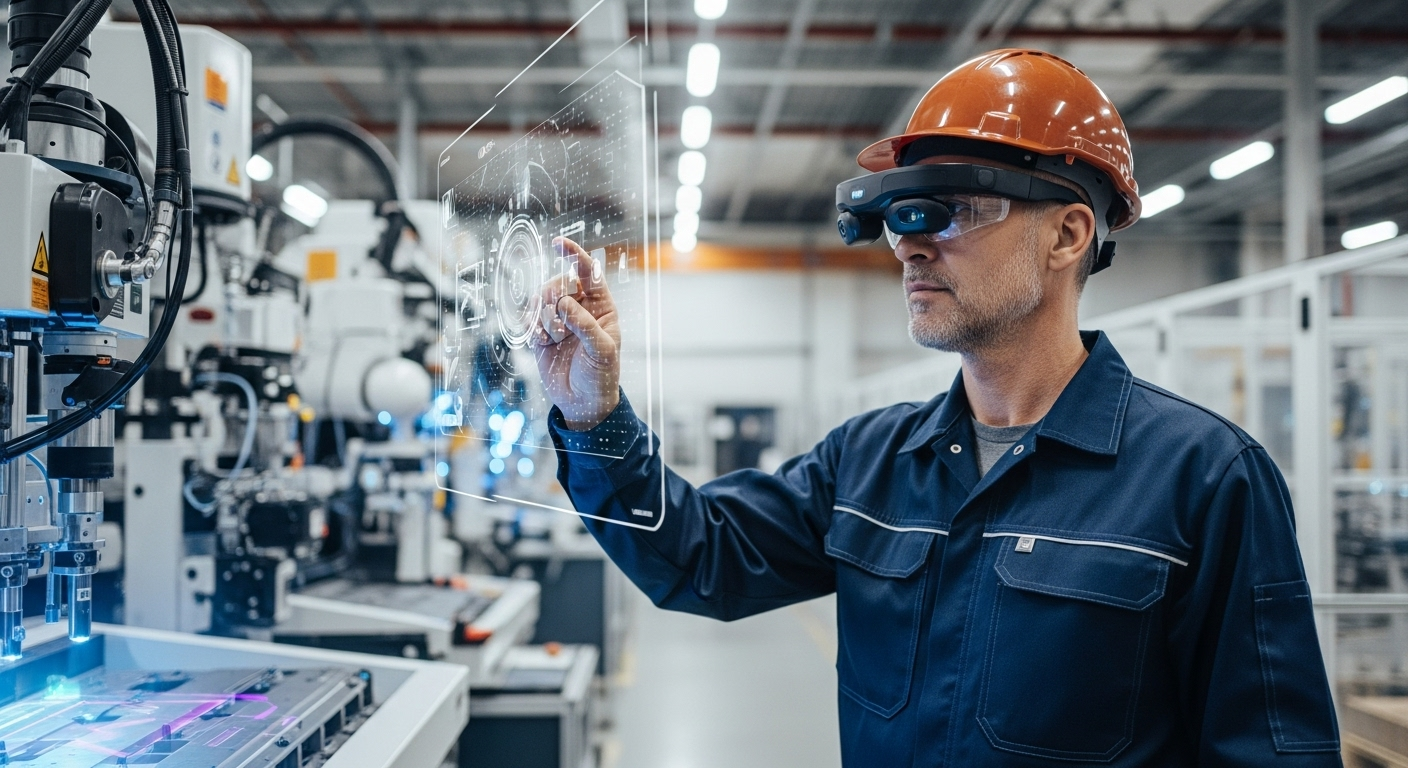Scalable blended practicum models for distributed manufacturing teams
Distributed manufacturing operations require practicums that scale across sites, shifts, and equipment while delivering verifiable skill outcomes. Blended practicum models combine competency frameworks, remote labs, simulation, and supervised hands-on practice to enable reskilling, certification, and consistent assessment for geographically dispersed teams.

Distributed manufacturing teams face variability in equipment, schedules, and local regulations that complicate practical skills development. A scalable practicum model addresses those variables by modularizing learning outcomes, standardizing assessment, and using technology to extend instructor reach. When designed around observable competencies and measurable metrics, blended practicum systems can deliver consistent, auditable evidence of skill attainment across lines, plants, and regions without requiring all learners to travel to a central site.
competency and assessment
A clear competency framework is the foundation for any scalable practicum. Competencies break roles into discrete, observable tasks and define the standards for successful performance. Assessment strategies should combine rubric-based observations, video submissions of hands-on tasks, and automated data capture from simulations or remotelab sessions. Aggregated metrics — pass rates on tasks, time-to-proficiency, and remediation frequency — provide quantifiable insight into program effectiveness. Standardized assessment checklists and inter-rater calibration help ensure consistency when multiple instructors across locations evaluate practical skills.
microcredentials and certification
Microcredentials map well to practicum modules, offering bite-sized recognition for specific skills such as setup, inspection, or safety procedures. Stackable badges let learners accumulate verified competencies toward broader certification pathways, enabling employers to interpret skill portfolios quickly. Digital certificates tied to assessment evidence increase portability across sites and suppliers. Well-defined badge criteria and controlled assessment environments preserve credibility, while modular certification supports flexible scheduling for shift workers and incremental reskilling initiatives without compromising rigor.
augmented reality and simulation
Augmented reality and simulation extend hands-on practice when access to real equipment is limited. AR overlays can guide learners through step-by-step procedures on live assets or mock-ups, and remote experts can annotate a trainee’s field of view in real time. High-fidelity simulations reproduce machine behavior and fault scenarios for safe, repeatable practice that logs learner actions for assessment. By combining AR guidance with simulated failure modes, practicums can accelerate troubleshooting competency and reduce exposure to production risk while generating objective evidence of performance.
reskilling and robotics
Reskilling programs increasingly incorporate robotics and automation skills. Practicum modules focused on robot programming, cell integration, and human-robot interaction ensure technicians can operate and maintain automated systems safely. Rotational remotelab assignments expose learners to varied control systems and tooling without requiring new hardware at every site. Learning paths that sequence microcredentials with progressively complex practicums enable technicians to move from supervised tasks to independent robot cell adjustments, supporting organizational transitions to higher automation levels with measurable outcomes.
safety and metrics
Safety training must be integrated into every practicum, not treated as an add-on. Practical exercises should incorporate lockout/tagout, hazard recognition, and emergency protocols within both virtual and real-world scenarios. Metrics tied to safety — completion of safety checklists, corrective action turnaround, and reduction in near-miss frequency — should be monitored alongside competency scores. Linking safety metrics with assessment data reveals whether technical gaps contribute to risk, allowing targeted interventions that improve both competence and workplace safety across distributed teams.
blended learning and remote labs
Blended learning pairs asynchronous microlearning, live virtual instruction, and scheduled remotelabs to maximize accessibility and resource utilization. Remote labs allow interaction with actual instruments via teleoperation, queued experiments, or instrumented benches that stream live data and video for assessment. Synchronous coaching supports formative feedback during real tasks, while asynchronous modules cover theory and preparatory work. This mix reduces travel, increases lab throughput, and preserves hands-on integrity, making practicums practical for organizations with dispersed facilities and diverse shift patterns.
Conclusion Scalable blended practicum models rely on competency-based design, modular microcredentials, AR and simulation capabilities, and remote lab connectivity to deliver consistent, auditable skill development across distributed manufacturing teams. Integrating safety, standardized assessment, and meaningful metrics ensures that reskilling and certification efforts produce verifiable outcomes that align workforce capabilities with evolving automation and operational needs.





